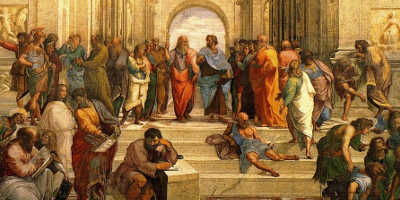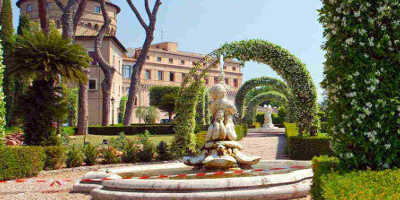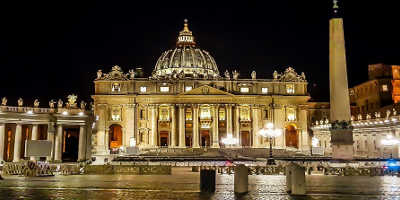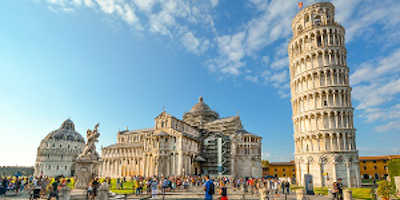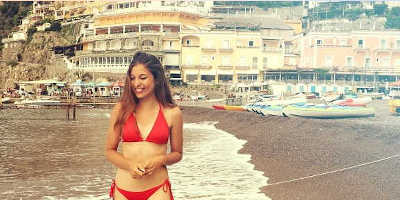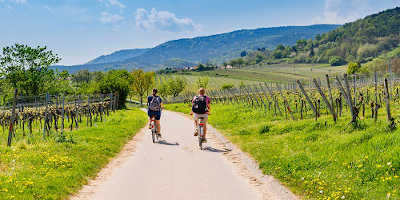How do they choose who will be Pope?
There have been an endless number of Popes through Rome’s history, 266 to be exact. Some reigned for long, some only for a short time, but how were these Popes chosen? What lead them to this iconic role?
Pope Francis is today’s current Pope – head of the Catholic Church and sovereign of the Vatican City State. Born Jorge Mario Bergoglio, Pope Francis was elected pope on the 13th March 2013 at the age of 76, after serving the church for 51 years. Throughout his public life, Pope Francis has been credited for his humility, emphasis of God’s mercy, international visibility as pope, concern for the poor, and consideration of modern-day issues such as the refugee crisis and climate change. Was it these moral values that got Pope Francis elected? Or an old-age system that has been in place for years? This article seeks to divulge just how the pope is chosen and what factors are considered in the process. To understand that however, we must first understand a little bit about the role of the Pope.
What is the Pope in charge of?
The Papacy refers to the organisation of both the Pope and the Roman Catholic Church. The Pope is known as the Bishop of Rome, who is the official leader of the entire Catholic Church. They are the head of the Vatican city, which is a separate state from Rome. The word ‘Pope’ is derived from the Greek word ‘pappas’, meaning father-translating to the Pope being the father of all those who are members of the Catholic Church. During its first centuries of existence, the Catholic Church and the papacy were closely tied to Roman politics. This doesn’t come as much as a surprise when we consider how influential religion is in societies across the world – its influenced our ability to read and write, children’s education, the family and other social institutions. The first pope to leave Rome and address world affairs was Pope Gregory I, also known as Saint Gregory the Great. He is famous for instigating the first recorded large-scale mission from Rome to covert the then pagan Anglo-Saxons in England to Christianity. Some may be shocked to know that throughout history popes have lead armies, levied taxes and commanded kings and queens.
Nowadays the Pope’s power is a little more limited, but he still holds a significant position in worldly affairs. As the church’s top official, the Pope also has the power to change church law and advise his followers on religious policies. Pope John Paul II largely influenced this world-view of the Pope, as he embraced his role as a spiritual leader and elevated the papacy into a position of considerable global influence. For the most part, prior to his tenure, popes conducted their affairs largely within Rome. Pope John Paul II, who was born in Poland, ended that tradition. As the most travelled Pope in history, Pope John helped propel the papacy onto the international stage. Throughout his 26-year papacy, he visited 129 nations and met with dozens of the world’s top political figures. During his travels, he defended human rights, individual liberties, and social justice, inspiring political change in places like Africa, the Philippines, and Haiti. With these changing attitudes and developments of the papacy in mind, we will now look at how a pope is chosen.
How they are Chosen
From about the 1500s onwards, a new pope was chosen when the old one died. But on the 28th February 2013, this tradition was ended by Pope Benedict XVI who stepped down from the position, making him the first pope to do so since Gregory XII in 1415. He announced that the reason behind his resignation was due to his declining health and old age. This was an unexpected move and put into motion the process of selecting a new pope. This is done by first summoning the College of Cardinals to Rome whose responsibility it is to choose the next pope. The Cardinals are the Church’s most senior officials. At current, there are over 200 cardinals from 69 countries, with 120 of them able to elect the next pope. This is thanks to a rule that was implemented in 1975 that excluded all cardinals over the age of 80 from voting. The Papal Conclave is a tremendous event, bringing together cardinals from across the world including Latin Americans, North Americans, Africans, Asians and one cardinal from Oceania. During this time where there is no pope and the voting process is underway, the college of Cardinals act as head of the church, with the chamberlain overseeing the election process. During this period, all the cardinals reside within the Vatican and are not permitted any contact with the outside world, it is all done under the strictest secrecy. The election process can take days, weeks or maybe even months, as a selected cardinal can refuse papacy. The process continues though until one candidate has achieved the required majority and accepts the position.
The only clue about what is going on inside the Sistine Chapel is the smoke that emerges twice a day from burning the ballot papers. Black smoke signals failure and a continuation of the election process, whilst the traditional white smoke means a new pope has been chosen. Once the new pope has been chosen, he selects a name, the other cardinals approach him to make an act of homage and obedience and then he is fitted into his new robes. Then, from the balcony of St Peter’s Basilica, the newly elected pontiff will be announced and make his first public appearance.
How to see the current Pope Today
Nowadays, seeing the Pope in real life is on a lot of traveller’s bucket lists, regardless of their religion. Vatican City is the home to the current pope, Pope Francis, who has general audiences with the public every Wednesday, depending on his schedule. If you are travelling at the right time join the large crowd of locals and tourists who cheer for the Pope as he waves to the crowd, blesses them and comes together in prayer. Visiting during religious holidays gives you an even better experience such as Christmas Eve’s prays at St. Peter’s Basilica.

